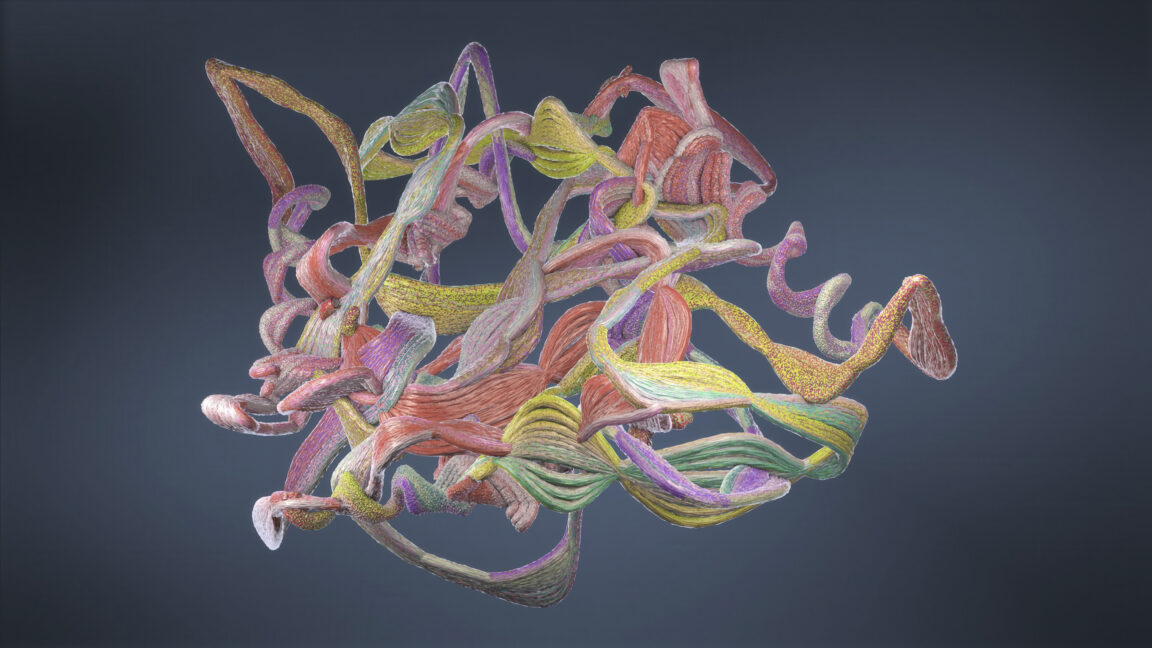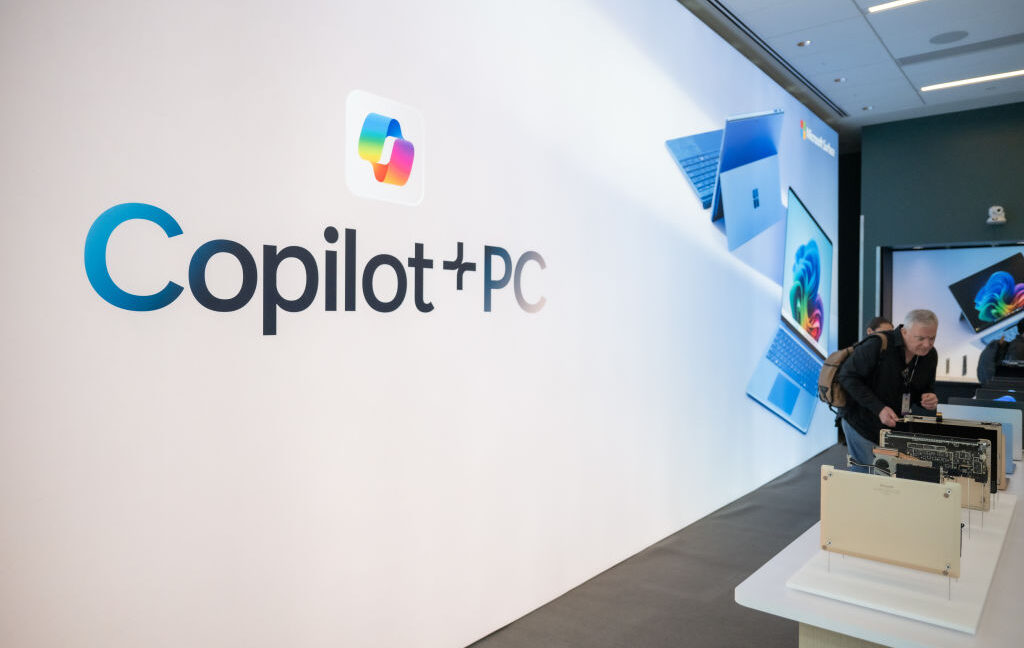Introduction to the Heist
On a sunny morning on October 19, 2025, four men allegedly walked into the world’s most-visited museum and left, minutes later, with crown jewels worth 88 million euros ($101 million). The theft from Paris’ Louvre Museum—one of the world’s most surveilled cultural institutions—took just under eight minutes. Visitors kept browsing. Security didn’t react (until alarms were triggered). The men disappeared into the city’s traffic before anyone realized what had happened.
The Strategy of the Thieves
Investigators later revealed that the thieves wore hi-vis vests, disguising themselves as construction workers. They arrived with a furniture lift, a common sight in Paris’s narrow streets, and used it to reach a balcony overlooking the Seine. Dressed as workers, they looked as if they belonged. This strategy worked because we don’t see the world objectively. We see it through categories—through what we expect to see. The thieves understood the social categories that we perceive as “normal” and exploited them to avoid suspicion. Many artificial intelligence (AI) systems work in the same way and are vulnerable to the same kinds of mistakes as a result.
The Sociology of Sight
The sociologist Erving Goffman would describe what happened at the Louvre using his concept of the presentation of self: people “perform” social roles by adopting the cues others expect. Here, the performance of normality became the perfect camouflage. Humans carry out mental categorization all the time to make sense of people and places. When something fits the category of “ordinary,” it slips from notice. AI systems used for tasks such as facial recognition and detecting suspicious activity in a public area operate in a similar way. For humans, categorization is cultural. For AI, it is mathematical.
How AI Systems Work
But both systems rely on learned patterns rather than objective reality. Because AI learns from data about who looks “normal” and who looks “suspicious,” it absorbs the categories embedded in its training data. And this makes it susceptible to bias. The Louvre robbers weren’t seen as dangerous because they fit a trusted category. In AI, the same process can have the opposite effect: people who don’t fit the statistical norm become more visible and over-scrutinized. It can mean a facial recognition system disproportionately flags certain racial or gendered groups as potential threats while letting others pass unnoticed.
The Impact of Categorization
A sociological lens helps us see that these aren’t separate issues. AI doesn’t invent its categories; it learns ours. When a computer vision system is trained on security footage where “normal” is defined by particular bodies, clothing, or behavior, it reproduces those assumptions. Just as the museum’s guards looked past the thieves because they appeared to belong, AI can look past certain patterns while overreacting to others. Categorization, whether human or algorithmic, is a double-edged sword. It helps us process information quickly, but it also encodes our cultural assumptions. Both people and machines rely on pattern recognition, which is an efficient but imperfect strategy.
From Museum Halls to Machine Learning
This link between perception and categorization reveals something important about our increasingly algorithmic world. Whether it’s a guard deciding who looks suspicious or an AI deciding who looks like a “shoplifter,” the underlying process is the same: assigning people to categories based on cues that feel objective but are culturally learned. When an AI system is described as “biased,” this often means that it reflects those social categories too faithfully. The Louvre heist reminds us that these categories don’t just shape our attitudes, they shape what gets noticed at all.
Conclusion
The Louvre robbery will be remembered as one of Europe’s most spectacular museum thefts. The thieves succeeded because they mastered the sociology of appearance: They understood the categories of normality and used them as tools. And in doing so, they showed how both people and machines can mistake conformity for safety. Their success in broad daylight wasn’t only a triumph of planning. It was a triumph of categorical thinking, the same logic that underlies both human perception and artificial intelligence. The lesson is clear: Before we teach machines to see better, we must first learn to question how we see.
FAQs
- Q: What was stolen from the Louvre Museum?
A: Crown jewels worth 88 million euros ($101 million) were stolen. - Q: How did the thieves disguise themselves?
A: They wore hi-vis vests, disguising themselves as construction workers. - Q: Why was the theft successful?
A: The thieves understood and exploited the social categories that people perceive as “normal” to avoid suspicion. - Q: How do AI systems relate to the theft?
A: AI systems, like human perception, rely on categorization and can be vulnerable to the same kinds of mistakes, including bias. - Q: What is the main lesson from the Louvre robbery?
A: Before we teach machines to see better, we must first learn to question how we see and understand the categorizations we use.











